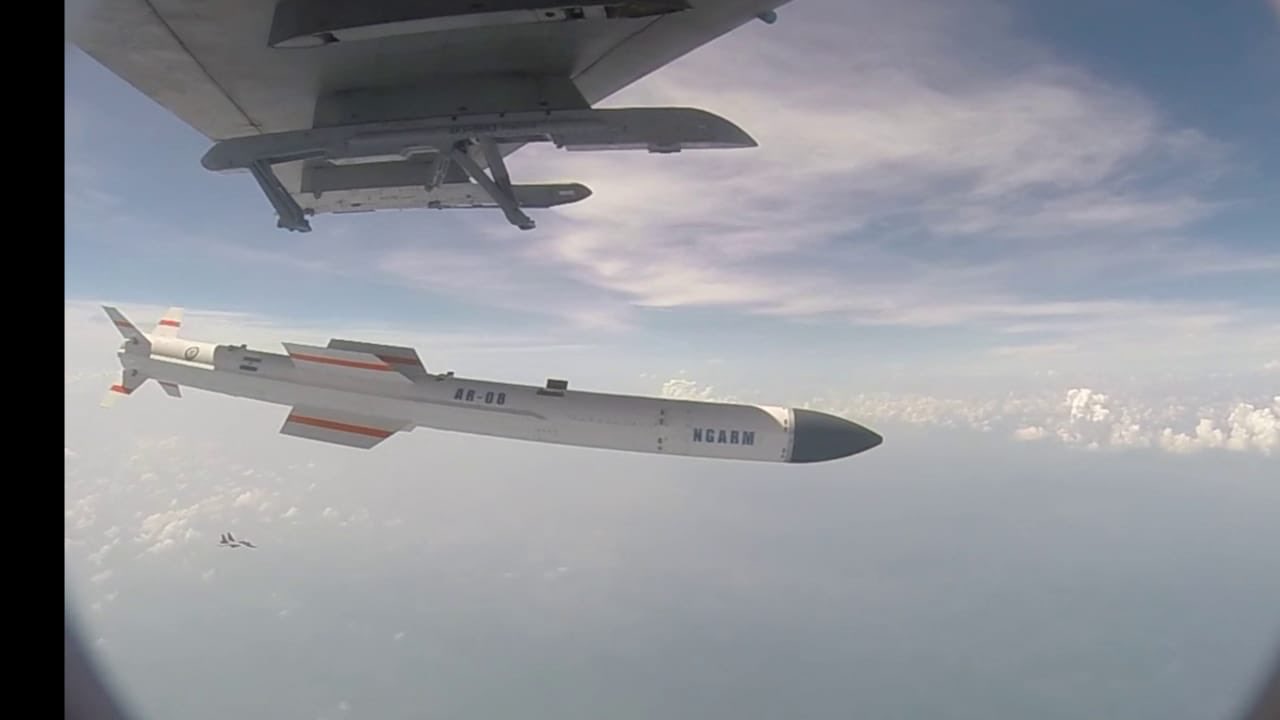
SOURCE: HT
On Friday, India successfully tested the indigenously developed Rudram 1, a tactical anti-radiation missile capable of being launched from the Indian Air Force’s Sukhoi-30MKI fighter jets. There are, reportedly, plans to integrate the missile on to India’s Mirage and Tejas fighters as well.
With a launch speed of up to Mach 2 – twice the speed of sound – the missile provides the nation’s jet with a critical air-to-ground weapon that can take out enemy radars and surveillance systems. This, however, is not the first time that the DRDO has tested the anti-radiation missile with a similar test being conducted as far back as January 2019.
The specialised weapon is aimed to provide tactical air superiority in warfare. Feasibility studies on India’s next-generation anti-radiation missile (NGARM) began in 2012 with the intention of designing and configuring the missile fully indigenously.
In order to do this, the DRDO needed to master the development of crucial technologies including a wide-band passive seeker, a milli-metric wave active-seeker, radome for the seekers and a dual-pulse propulsion system.
As the name itself suggests, the missile is designed to eliminate or suppress radiation-emitting sources such as fire control or surveillance radars. With a reported length of 5.5m, and weighing 600kg, the missile is also integrated with a millimetre wave (MMW) active seeker terminal guidance system.
The seeker is essentially how the missile identifies and locates its target. It sends out radio frequency pulses that bounce off the intended target and rebound back to it. Once the signal has been processed, the range and position of the target can be determined.
Missile guidance and navigation toward its target while the missile is on course take place through continuous inputs from sensors and passive homing seeker technology. These inputs are processed by an on-board computer that generates autopilot commands, with a control system steering the missile towards the target.
Suppression of radar systems will enable India’s jets to carry out missions without having to worry about facing threats from radar-guided surface-to-air missiles. The first anti-radiation missile – the AGM-45 Shrike – was developed by the United States. Since then, the US has developed several upgraded versions, with Russia and Brazil also having developed their own.
All these missiles, including India’s, are reported to have a range of approximately 100km. It is also worth noting that the IAF already has the Russian-made Kh-31P anti-radiation missile in its arsenal.






